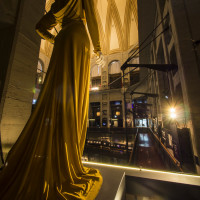In the middle of September, the Turin Cinema Museum asked me to take some shots of the wonderful Martin Scorsese exhibition before its closing at the end of the month. The request was very simple: they wanted pictures of the temple room which included the main part of the exhibition at the bottom and the dome at the top. The temple room is both the biggest open space and the main chamber of the Mole Antonelliana, the tower symbol of Turin and home of the museum. Basically, I had to include the very bottom and top of this giant “room” in a single shot (around 70 metres, 229 feet).
The only way to do this with a Micro Four Thirds camera was to use the Lumix 7-14mm f/4 by Panasonic, which is the widest lens available for the system (excluding the 7.5mm fisheye lens by Samyang). I brought the Pen E-P5 with me as I knew that its WiFi function could be of use for extreme-angled shots.
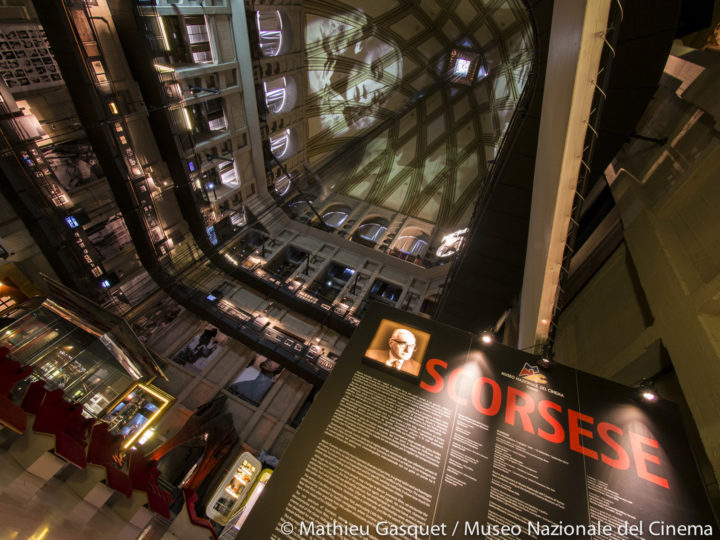
The 7-14mm has an equivalent focal length of 14-28mm on 35mm format (full frame), which is very wide. To achieve what they asked of me, I had to place the camera very low to the ground on a tripod. That’s where the WiFi function of the E-P5 came in handy. It was actually the first time I found this kind of feature really helpful, as it allowed me to avoid the embarrassing act of laying down on the floor to compose my picture! With the iPad, using the dedicated Olympus OI.Share app, I was able to see my composition and take a sample to analyse it better on the large retina display.
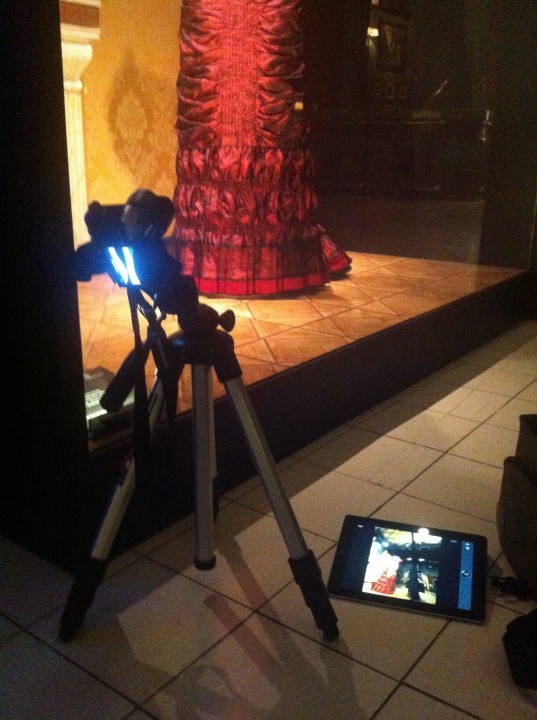
The picture was very wide so I had to make sure that no undesired elements appeared in the shots.
I have to say that it is a shame that the app only allows you to take picture in iAuto mode. There isn’t any manual control, so I always had to disconnect the tablet, unmount the camera from the tripod, choose my desired settings, mount it back and take the shot using the timer function. The E-M1 will have full manual control over WiFi and I’m looking forward to that just as much as I’m looking forward to finally using the E-M1 for work in a few weeks time!
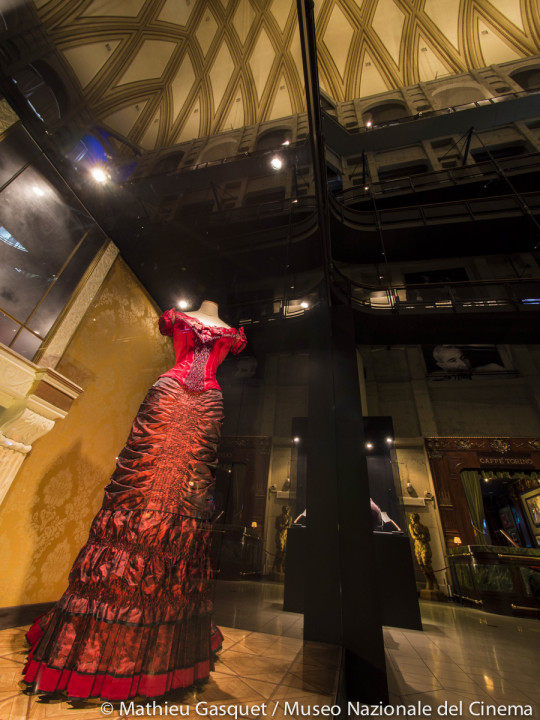
This assignment turned out to be very enjoyable. I love to search for original and extreme perspectives, and I love wide angle lenses. I also took advantage of the reflections in the windows to highlight the unique texture and light of the dome, especially when there were some projections displayed on it. When I reviewed the photos on the computer back at my office, I also noticed that some of the first test shots I made using the iPad were in the end better than the final photos I took. Since they were taken in iAuto mode through the iPad, they had a higher ISO value but I kept them anyway.
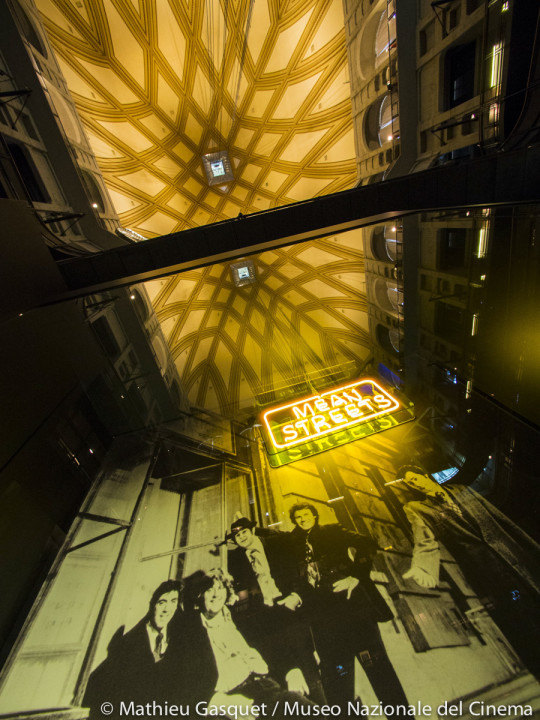
Then I walked up the ramp and went along the corridor (limited to museum personnel only) to take some different views of other parts of the exhibition, especially the zone related to Martin Scorsese’s The Aviator. I also used the 12mm f/2 to take closer shots and have a shallower depth of field. Some of them were taken hand-held, but thanks to the 5-axis stabilisation, I could work with a slow shutter speed very easily.
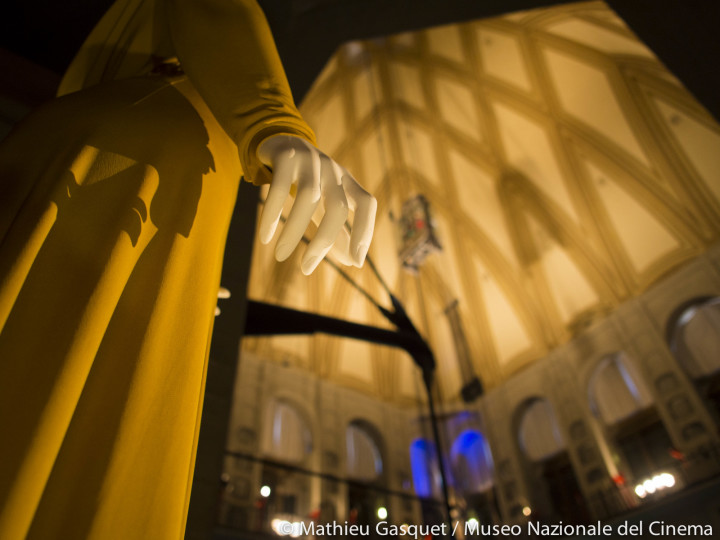
Since the museum needed the pictures right away, I went to their office right after to show them the pictures and make sure they didn’t need something else. Again, the WiFi function proved useful. I connected the camera to the iPad and played back all the shots from the camera to the iPad. It was fast and stable.
The 7-14mm is a lens I really like. I don’t own one but I have a good friend who lends it to me when I need it. I also use it for video on occasion. It has a large amount of distortion, but if you know how to use that to your advantage, you can get great results. You have to be careful with lens flare and ghosting as both can be very visible, but otherwise it is the best wide angle zoom lens for MFT in my opinion.
Below is the rest of the gallery. Enjoy!









